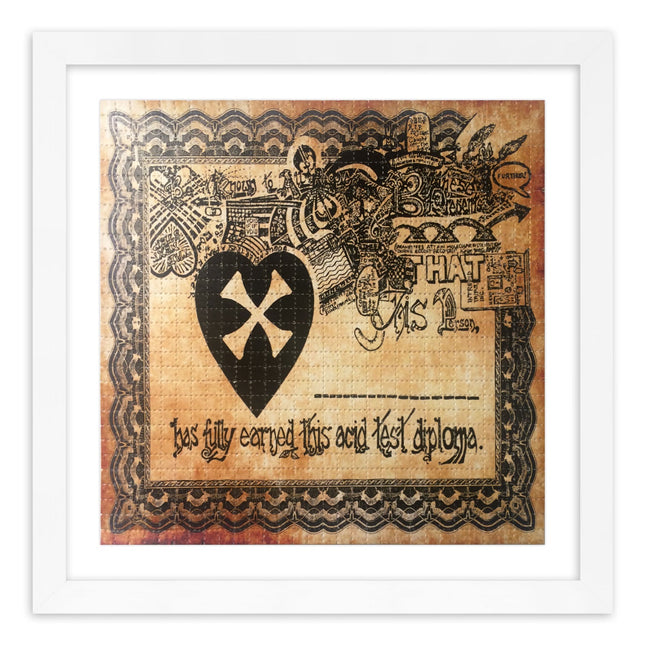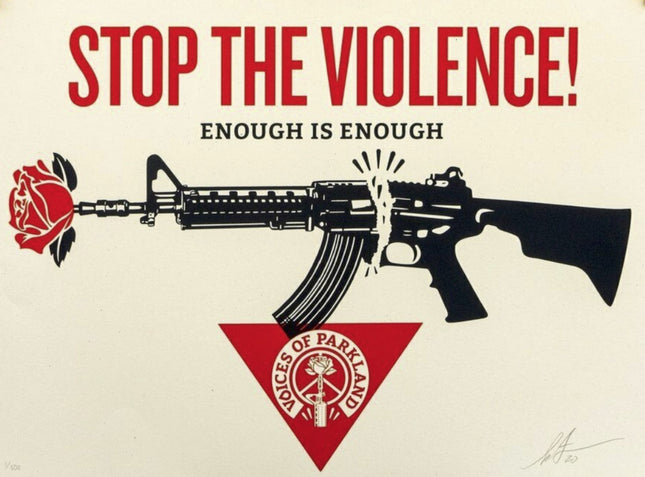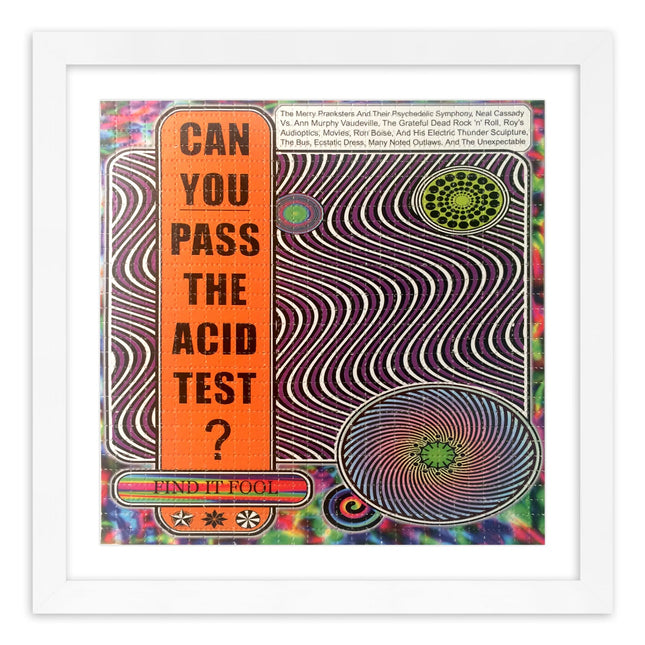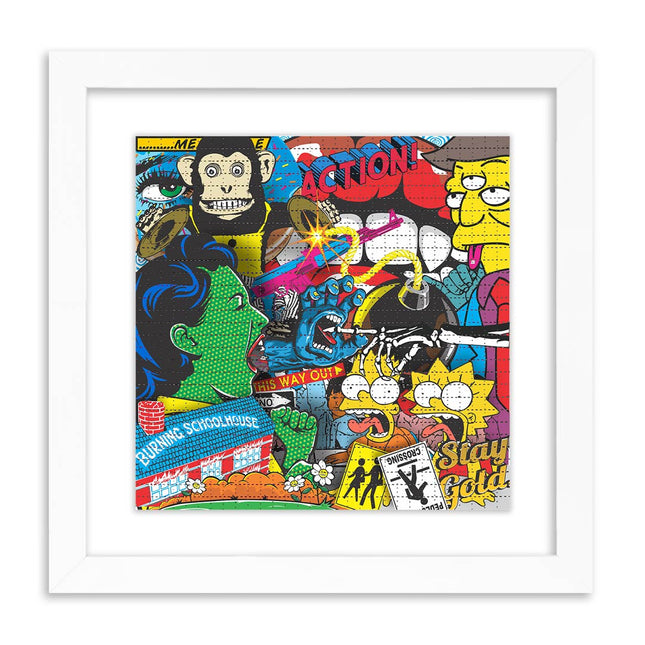
School & Education

Zane Kesey Acid Test Diploma Blotter Paper Archival Print by Zane Kesey
Acid Test Diploma Blotter Paper Limited Edition Archival Pigment Print Art on Perforated Blotter Paper by Zane Kesey pop culture LSD artwork. Zane Kesey is the son of the infamous psychedelic icon and author Ken Kesey. He currently owns and operates Key-Z Productions, a small mail-order company out of Pleasant Hill Oregon. His hope is to enlighten people of their psychedelic past and to enable them to learn about the people who brought them to the present.
$406.00

Shepard Fairey- OBEY Stop The Violence! Voices of Parkland Silkscreen Print by Shepard Fairey- OBEY
Stop The Violence! Voices of Parkland 2-Color Hand-Pulled Limited Edition Silkscreen Print on Cream Speckle Tone Paper by Shepard Fairey Rare Street Art OBEY Pop Artwork Artist. "Voices of Parkland" Screen Print on Cream Speckle Tone Paper by Shepard Fairey. It measures 18" x 24"
$421.00

Zane Kesey Acid Test Flier Blotter Paper Archival Print by Zane Kesey
Acid Test Flier Blotter Paper Limited Edition Archival Pigment Print Art on Perforated Blotter Paper by Zane Kesey pop culture LSD artwork. Zane Kesey is the son of the infamous psychedelic icon and author Ken Kesey. He currently owns and operates Key-Z Productions, a small mail-order company out of Pleasant Hill Oregon. His hope is to enlighten people of their psychedelic past, and to enable them to learn about the people who brought them to the present.
$406.00

Denial- Daniel Bombardier LSDelinquent Blotter Paper Archival Print by Denial- Daniel Bombardier
LSDelinquent Blotter Paper Limited Edition Archival Pigment Print Art on Perforated Blotter Paper by Denial pop culture LSD artwork. 2019 Signed Limited Edition of 50 Artwork Size 7.5x7.5 In 2000 he adopted the moniker ‘DENIAL’ as a means of poking fun at advertising, politics, and media messages that contemporary society is often ‘in denial about. Since then he has maintained an ongoing global street-campaign of over 500, 000 stickers, placards, and murals, using the alpha-numeric characters ‘D3N!@L’. Intended as a conceptual means of marketing absurdism, DENIAL also challenges traditional notions of graffiti and public art through his bold and often satirical visual subversions. Denial’s art is strongly political and social since the artist takes specific positions against issues, such as capitalism, consumer culture, and advertisements. More importantly, the artist is aware of his choices and motivations: “I like to think of myself as activist pop art. How I relate with cartoons and graphics is a lot easier than I do with photo-realistic stuff" Another aspect of Denial's work is humor. His work is satirical, which, by definition, means that it uses humor as a confronting mechanism.
$422.00





